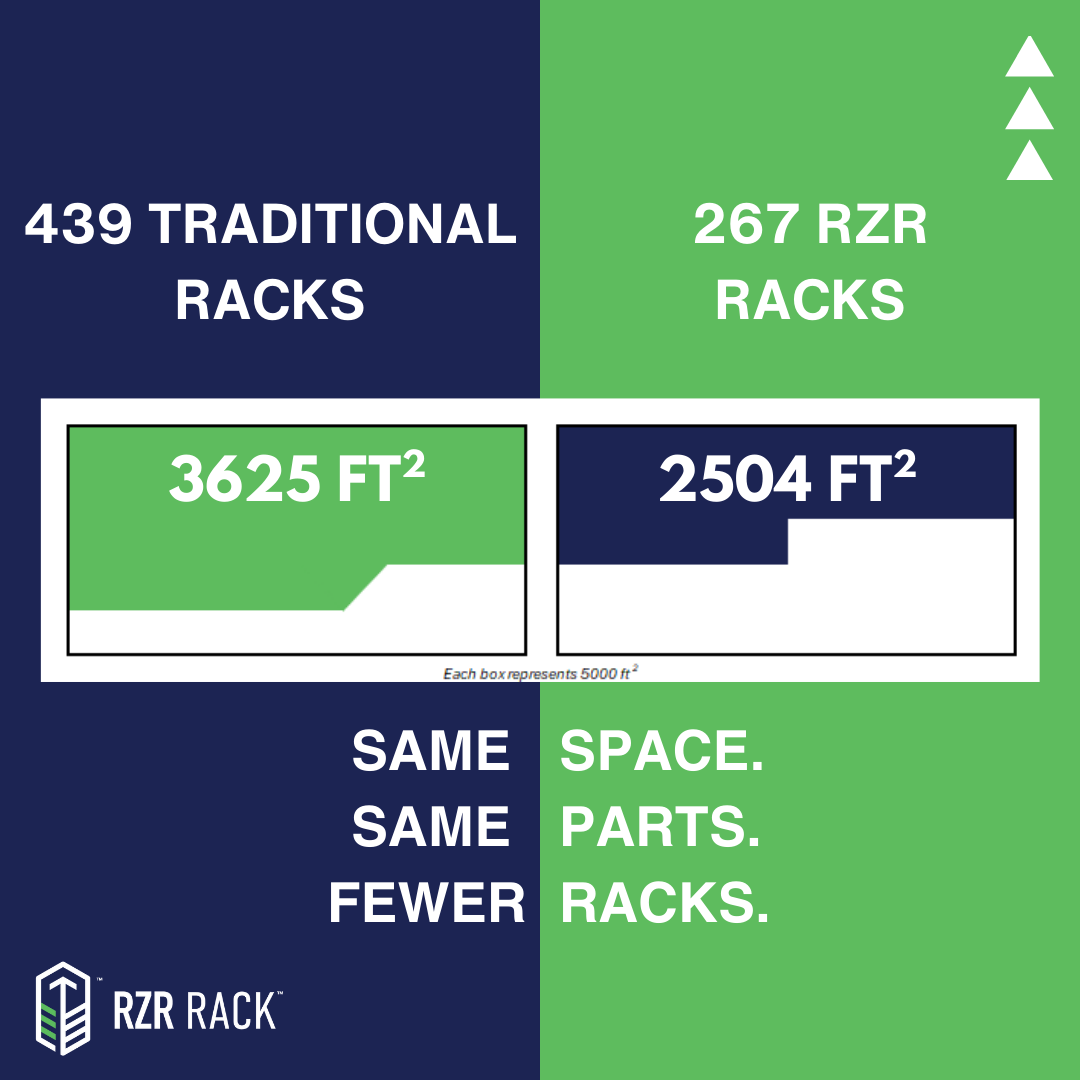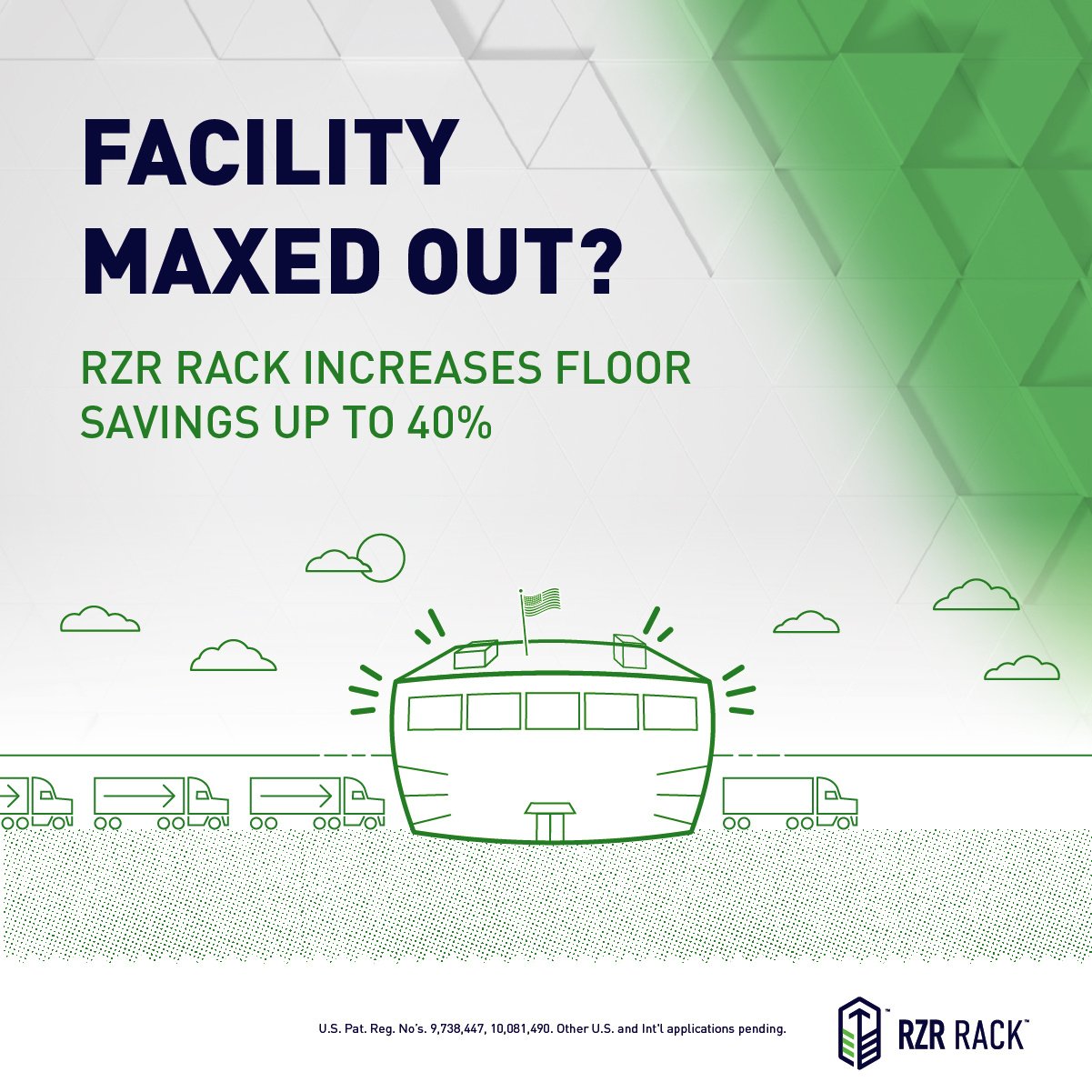Introduction
In the world of modern business, an efficient and well-managed supply chain is paramount. Yet, one often overlooked aspect is the management of reverse logistics, where products are returned, recycled, or repaired. Enter returnable packaging – a game-changing solution that is reshaping the landscape of reverse logistics. In this blog post, we delve into the significant impact of returnable packaging on reverse logistics and how it’s revolutionizing the way businesses manage the flow of goods in the reverse direction.
Simplified Return Processes:
Returnable packaging simplifies the complex process of handling returned products. Instead of dealing with a myriad of single-use packaging materials, businesses can seamlessly integrate returnable containers into their reverse logistics workflows. This simplification enhances operational efficiency and reduces the complexity of handling product returns.
Efficient Product Inspection and Repackaging:
Returnable packaging enables efficient product inspection and repackaging. As returned items are contained within standardized and reusable containers, inspecting, repairing, or refurbishing becomes streamlined. This reduces the time and effort required for sorting, repackaging, and ensuring the products are ready for resale.
Cost Savings:
The circular economy concept of returnable packaging shines in reverse logistics. By reusing containers, businesses significantly reduce the need for constant repurchasing of packaging materials. Instead, a reusable solution slashes the expenditure curve, channeling resources toward more profitable avenues. The increased efficiencies mentioned above also add to the bottom line.
Reduced Waste:
In addition to cutting costs, the implementation of returnable packaging also reduces waste. Single use packaging is traditionally discarded after one use, filling up dumpsters and landfills. Switching to returnables allows for multiple uses of the same pack, and also allows for recycling at the end of a program to minimize the amount of material that ends up in landfill.
Enhanced Sustainability and Brand Image:
Returnable packaging reinforces a commitment to sustainability and responsible business practices. Utilizing returnable containers in reverse logistics demonstrates a dedication to reducing waste and conserving resources. This positive environmental impact enhances brand image and resonates with environmentally conscious consumers, fostering loyalty and trust.
Conclusion:
Returnable packaging’s influence extends beyond the forward flow of goods, profoundly impacting the world of reverse logistics. By simplifying return processes, promoting efficiency in inspection and repackaging, reducing costs, and enhancing sustainability efforts, returnable packaging presents a comprehensive solution for managing product returns. The adoption of returnable packaging in reverse logistics not only streamlines operations but also contributes to a more sustainable and resilient supply chain.
As businesses seek to optimize their reverse logistics practices, embracing returnable packaging becomes a strategic move toward a circular and environmentally conscious approach. Let’s celebrate the transformative impact of returnable packaging on reverse logistics, paving the way for a more efficient, sustainable, and prosperous future.


